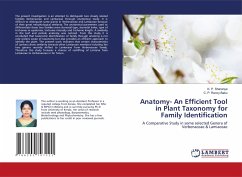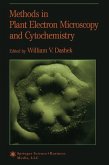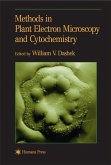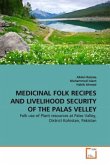SEM study of leaf surfaces are increasingly used in taxonomy for improving the classification and circumscription of taxa. An investigation of leaf surfaces of 12 taxa of the family verbenaceae collected from Peshawar, Pakistan was conducted to analyze and document the taxonomic implications. The aim of the present study was to recognize some useful diagnostic features that may be used as tools for their delimitation. The results indicate that all the species and varieties (with the exception) have stomata situated exclusively on the abaxial leaf surface (hypostomatic). Most species are anisocytic and anomocytic while diacytic stomata are rare and found only in Lantana camara and Phyla nodiflora. Leaf surfaces are mostly covered with glandular and non glandular trichomes. From the cluster analysis of upper and lower epidermis it is clear that Vitex negundo, Vitex pseudo-negundo and Vitex agnus-castus are very close to each other and represents a single line of evolution. It has been concluded that trichomes and stomatal studies can be used as an additional aid in the identification of plant species and relationship between the species.








